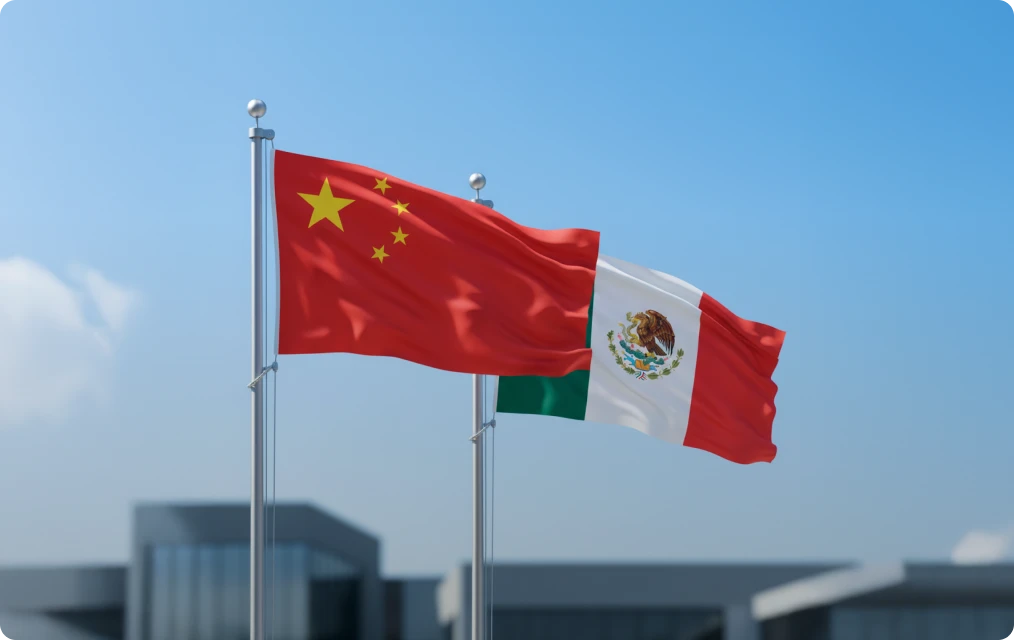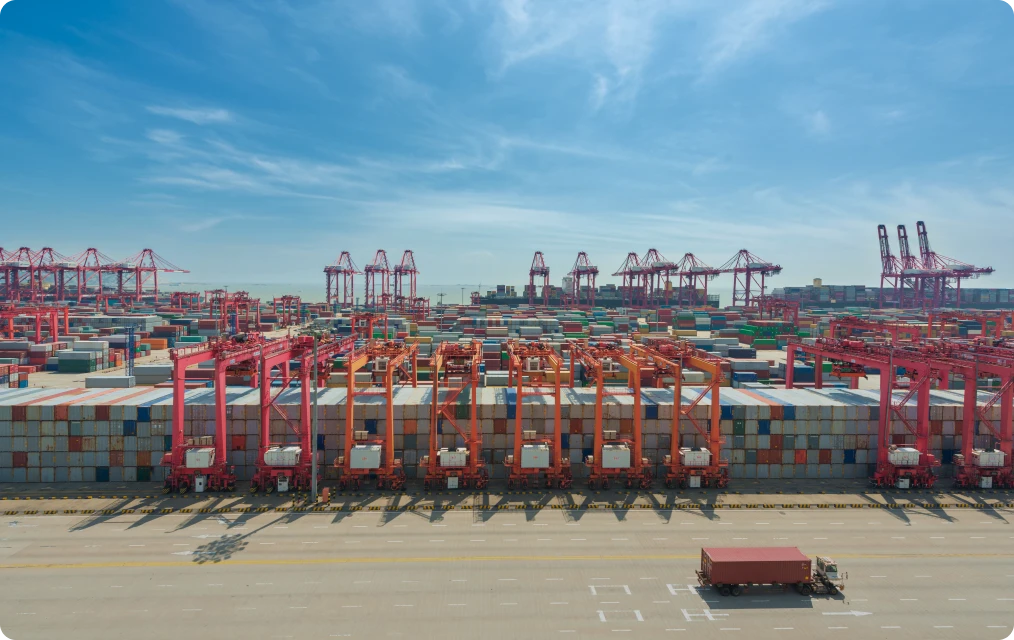From Asia to Mexico: Supply Chain Shifts Under the New Tariffs

Global trade routes rarely stay still. The most recent wave of tariffs, particularly those imposed by the United States on a range of Chinese and other Asian imports, is creating a seismic shift in manufacturing and logistics networks. Companies that once relied heavily on Asia-based suppliers are now recalculating costs and turning to Mexico for more competitive, tariff-friendly production and faster access to the U.S. market.
For Mexican freight and logistics providers, these changes bring both challenges and opportunities. Understanding the dynamics behind the shift is critical for staying competitive and capturing new business as global supply chains adapt.
Tariffs Reshape Global Sourcing Strategies
In recent years, a mix of geopolitical tensions, trade policy shifts, and post-pandemic supply disruptions has disrupted long-standing sourcing patterns. U.S. tariffs on electronics, automotive components, steel, aluminum, textiles, and other goods from Asia have made many imports more expensive.
Manufacturers and importers seeking to control costs are exploring nearshoring to Mexico, not only to sidestep some tariffs but also to shorten delivery times, reduce transportation risks, and improve supply chain resilience. This trend has accelerated in 2024–2025 as companies from the automotive, electronics, furniture, and medical device sectors invest in Mexican production hubs.
Why Mexico Is Becoming the Preferred Alternative
Mexico offers a unique mix of benefits that few Asian suppliers can match in the current trade environment:
- USMCA advantage. Mexican-made goods enjoy preferential tariff treatment under the United States-Mexico-Canada Agreement (USMCA), reducing landed costs for U.S. buyers.
- Proximity and speed. Transit times from northern Mexico to major U.S. cities can be measured in days, not weeks. This speed is critical for industries operating on lean inventories.
- Growing industrial base. Cities such as Monterrey, Querétaro, Saltillo, and Tijuana are expanding their manufacturing footprints, providing established clusters for automotive and electronics production.
- Lower logistics risk. Shorter supply lines reduce exposure to ocean freight delays, port congestion, and long-distance fuel price volatility.
For many companies, these advantages offset initial relocation costs and allow them to respond more nimbly to changing market conditions.
Implications for Mexico’s Freight and Logistics Sector
As more production shifts to Mexico, the demand for reliable domestic and cross-border logistics is surging. Freight providers face both opportunities and pressures:
- Increased cross-border volume. Higher export flows to the U.S. require efficient customs processing and capacity planning at key border crossings such as Laredo, Otay Mesa, and Pharr.
- Temperature-controlled and specialized transport. Sectors such as electronics, medical devices, and food production require specialized trailers and strict chain-of-custody controls.
- Infrastructure strain. Mexico’s highways, intermodal terminals, and industrial parks are experiencing congestion, requiring providers to optimize routes and invest in technology.
- Workforce needs. Logistics firms must recruit and retain skilled drivers, customs brokers, and warehouse operators to keep pace with the new demand.
Companies that adapt quickly, by investing in modern fleets, digitizing operations, and building strategic cross-border partnerships, are positioned to capture market share.

Strategic Steps for Shippers and Logistics Providers
- Align supply chain networks. Re-evaluate supplier bases and production locations to capture tariff savings and improve delivery times.
- Upgrade customs and compliance capabilities. Ensure teams and systems can handle increased cross-border documentation and regulatory requirements.
- Invest in technology. Use real-time visibility platforms, predictive analytics, and digital freight marketplaces to reduce delays and maximize efficiency.
- Build flexible capacity. Develop reliable partnerships with carriers and warehouse providers who can scale quickly during seasonal or policy-driven demand spikes.
- Focus on sustainability. With shorter routes, companies can reduce their carbon footprint, a factor that is increasingly important to global buyers.
Looking Ahead: Mexico’s Role in a Reconfigured Global Trade Landscape
The shift from Asia to Mexico is more than a short-term response to tariffs. It signals a longer-term restructuring of supply chains aimed at resilience, regionalization, and cost predictability.
For SupTra de Mexico and other logistics leaders, the coming years will be defined by agility: the ability to meet shippers’ changing needs while strengthening operational efficiency and compliance. Those who invest in smarter networks and customer-centric services today will be tomorrow’s supply chain winners.
